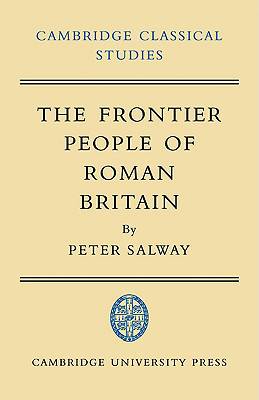
Door een staking bij bpost kan je online bestelling op dit moment iets langer onderweg zijn dan voorzien. Dringend iets nodig? Onze winkels ontvangen jou met open armen!
- Afhalen na 1 uur in een winkel met voorraad
- Gratis thuislevering in België vanaf € 30
- Ruim aanbod met 7 miljoen producten
Door een staking bij bpost kan je online bestelling op dit moment iets langer onderweg zijn dan voorzien. Dringend iets nodig? Onze winkels ontvangen jou met open armen!
- Afhalen na 1 uur in een winkel met voorraad
- Gratis thuislevering in België vanaf € 30
- Ruim aanbod met 7 miljoen producten
Zoeken
€ 73,95
+ 147 punten
Omschrijving
The Frontier area of northern England is the most important and reliable source for archaeologists in existence. The perpetuation of the Roman imperial ideal, the survival of classical art and literature, and the spread of the Christian faith depended on the strength of the Empire's frontier and the people who lived there. In Britain these peoples represent nearly 400 years of a cosmopolitan society with the basic elements of a true civilisation. They had greater freedom and security and were more literate and prosperous than at any previous time or for many centuries after. Dr Salway's study of this area is a detailed investigation of the Romanised part of the civilian population to be made. He describes the people themselves and every aspect of their background and way of life, their legal status and their administrative system. He then examines each of the sites individually, making special use of aerial photographs.
Specificaties
Betrokkenen
- Auteur(s):
- Uitgeverij:
Inhoud
- Aantal bladzijden:
- 324
- Taal:
- Engels
- Reeks:
Eigenschappen
- Productcode (EAN):
- 9780521093156
- Verschijningsdatum:
- 8/01/2009
- Uitvoering:
- Paperback
- Formaat:
- Trade paperback (VS)
- Afmetingen:
- 140 mm x 216 mm
- Gewicht:
- 412 g

Alleen bij Standaard Boekhandel
+ 147 punten op je klantenkaart van Standaard Boekhandel
Beoordelingen
We publiceren alleen reviews die voldoen aan de voorwaarden voor reviews. Bekijk onze voorwaarden voor reviews.











